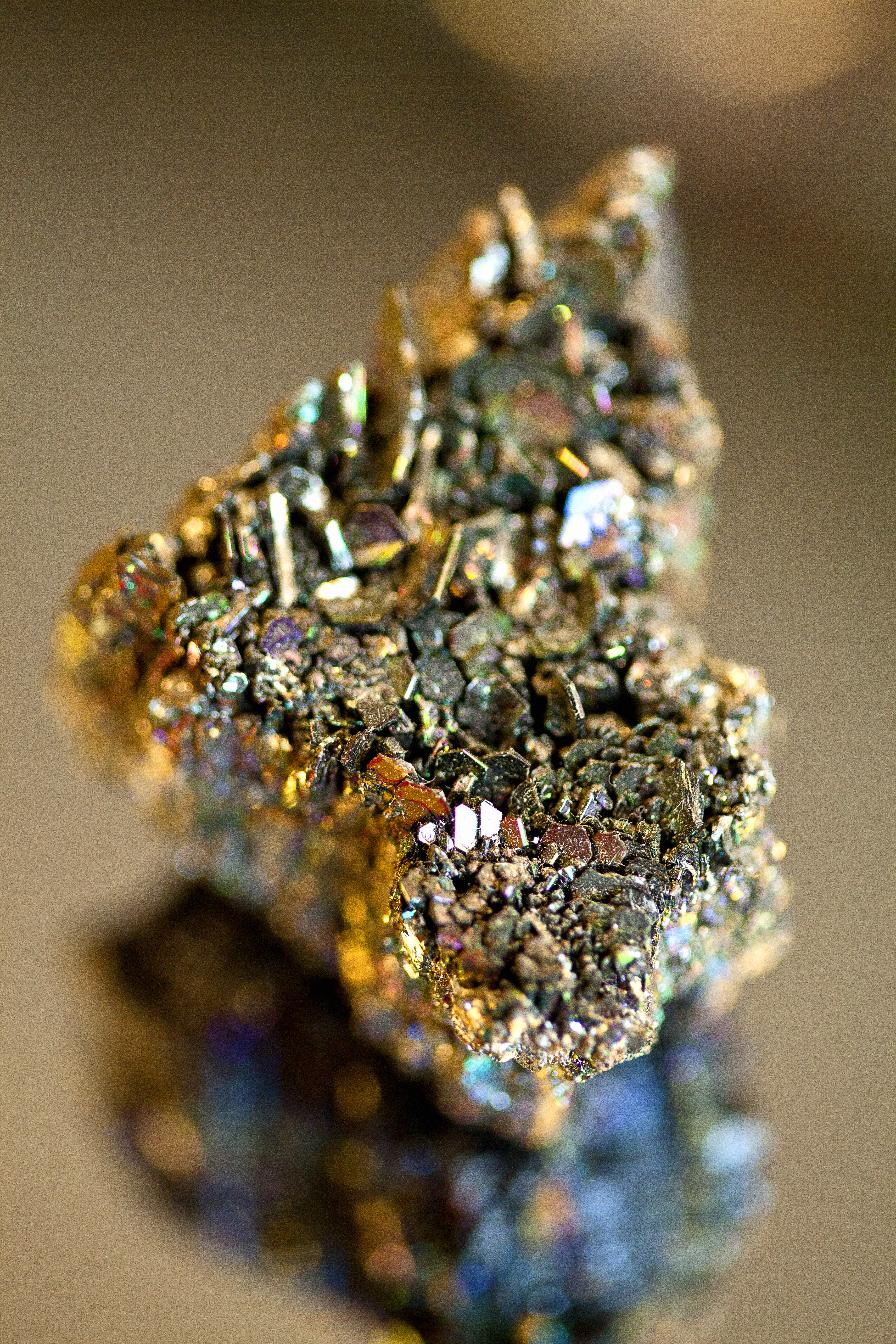

Silicon carbide, with the chemical symbol SiC, is a compound of carbon and silicon and was first produced in 1824, by the great Swedish chemist, Jacob Berzelius.
Owing to its hardness, silicon carbide is used as an abrasive, and as a result of its properties at high temperatures, it is suitable as a material in crucibles and ovens. Doped silicon carbide is also used as a semiconductor in electronics for applications with high voltage, high amperage, high frequencies, and high temperatures, as it does not exhibit such large energy losses as silicon-based electronics.
The hardness and heat resistance of silicon carbide also render it suitable for use in certain brake linings and in jets for rocket engines and space vehicles.
The material is also used in high-voltage facilities and mobile operators’ base stations and in the production of transistors. Silicon carbide is also the starting material for producing graphene. A new application is as a substrate for energy-efficient light-emitting diodes.
Text Carina Dahlberg/KAW
Translation Donald S. MacQueen
Photograph Magnus Bergström